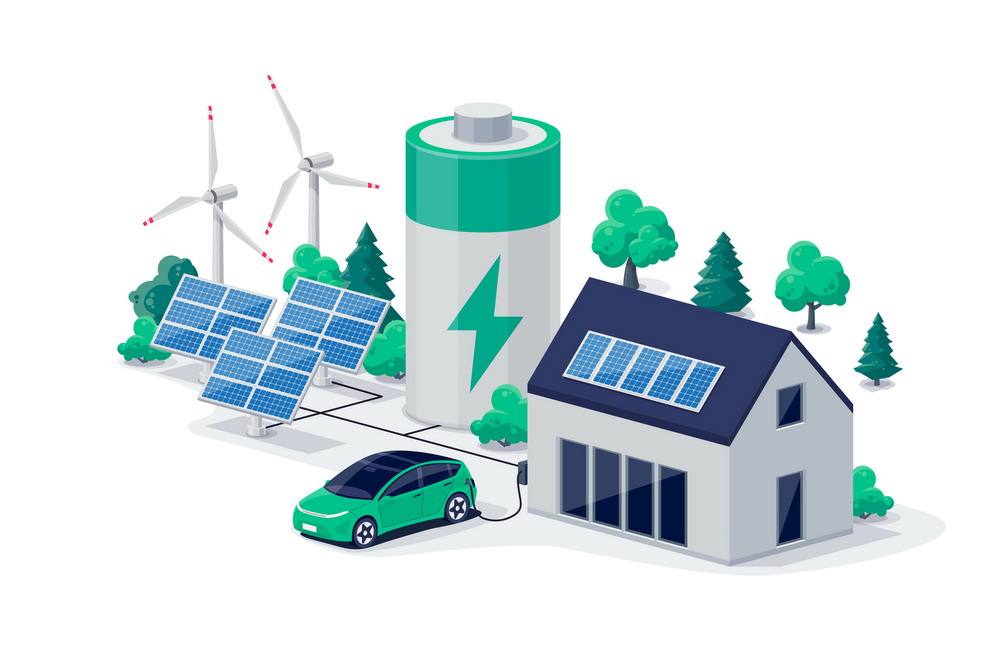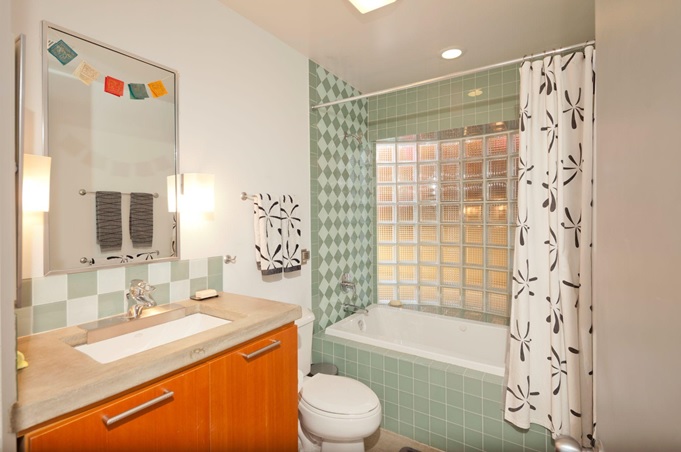The remarkable growth in rooftop solar adoption is helping homes become green power generators. But the inherent intermittency of solar power has always necessitated remaining connected to the electrical grid. Now, continuing advances in solar energy storage solutions are removing grid dependence and enabling homes to become 100% emissions-free 24/7 powerhouses.
With enough storage capacity combined with an appropriately sized solar array, many homes can now disconnect from the grid or at minimum slash their power purchases. According to the experts at Vivint Solar, this maximizes savings on electricity bills while also providing protection from outages. A solar battery system is the final puzzle piece in the quest for complete household energy independence.
How Solar Energy Storage Systems Function
Pairing solar panels with storage isn’t a difficult concept to grasp. You simply need batteries to retain surplus solar power not used immediately so it can be utilized later when the sun sets. But optimizing a storage system requires smart components and careful engineering.
Lithium-ion batteries are well-suited for home applications given their energy density, efficiency, slower discharge rates and falling costs. A bi-directional inverter converts stored DC power into AC and back again. Smart controllers manage when batteries are charged, discharged, or idle. And software constantly adjusts to maximize solar self-consumption and time-shift usage to cheaper rate periods or support the grid.
There are now also all-in-one units that combine solar generation, energy storage and smart home energy management into a single device for simplified installation and operation.
Storage System Sizing Considerations
If you already have solar panels, retrofitting storage is simplified since your generation capacity is known. The solar array size will determine how much excess production is available to charge batteries. For new solar storage systems, the solar panels and batteries need to be planned holistically.
Factors like your average daily power consumption, seasonal solar productivity variations, and minimum backup support hours during an outage all dictate proper storage capacity. Local installers should analyze your home’s unique constraints to right-size the system. Erring on the side of more storage helps future-proof as your energy needs evolve.
Economic Benefits and Incentives
The plummeting prices of lithium-ion batteries help make adding solar storage to your home an attractive investment. While still a significant upfront cost, the ability to slash utility bills over the long run results in a typical payback of 6-9 years. Maintenance costs are also minimal.
The federal investment tax credit, which covers 26% of solar installation expenses through 2023, now also applies to battery storage costs. Some states and utilities offer additional cash rebates or incentives to make storage solutions more affordable.
Intelligent Energy Management Systems
Sophisticated energy management systems are key to maximizing the potential of solar energy storage. By constantly monitoring your home’s production and consumption data, smart algorithms dynamically direct power flows to optimize self-consumption, time-shift solar usage to off-peak hours, charge from the grid competitively during low rates, and feed surpluses back to the grid for profit.
Emerging solutions even use artificial intelligence and machine learning to model usage patterns and weather forecasts to achieve optimal energy arbitrage. Smart targeting of solar energy when and where it provides greatest value unlocks huge benefits.
Conclusion
As technology continues improving rapidly and economic benefits multiply, solar energy storage will play an instrumental role in accelerating the transition toward home renewable energy independence. Innovations on the horizon like improved battery chemistries, lower component costs, and smarter energy management will only make storage solutions more compelling.
Paired with appropriately sized solar arrays, ever-better storage technology empowers households to become self-sufficient green energy powerhouses. The era of personalized solar energy available around the clock is fast approaching.




